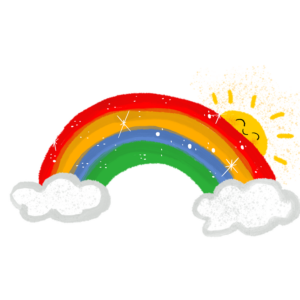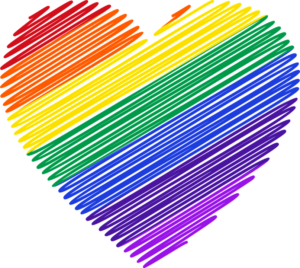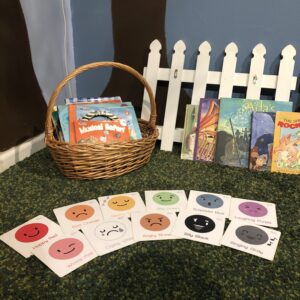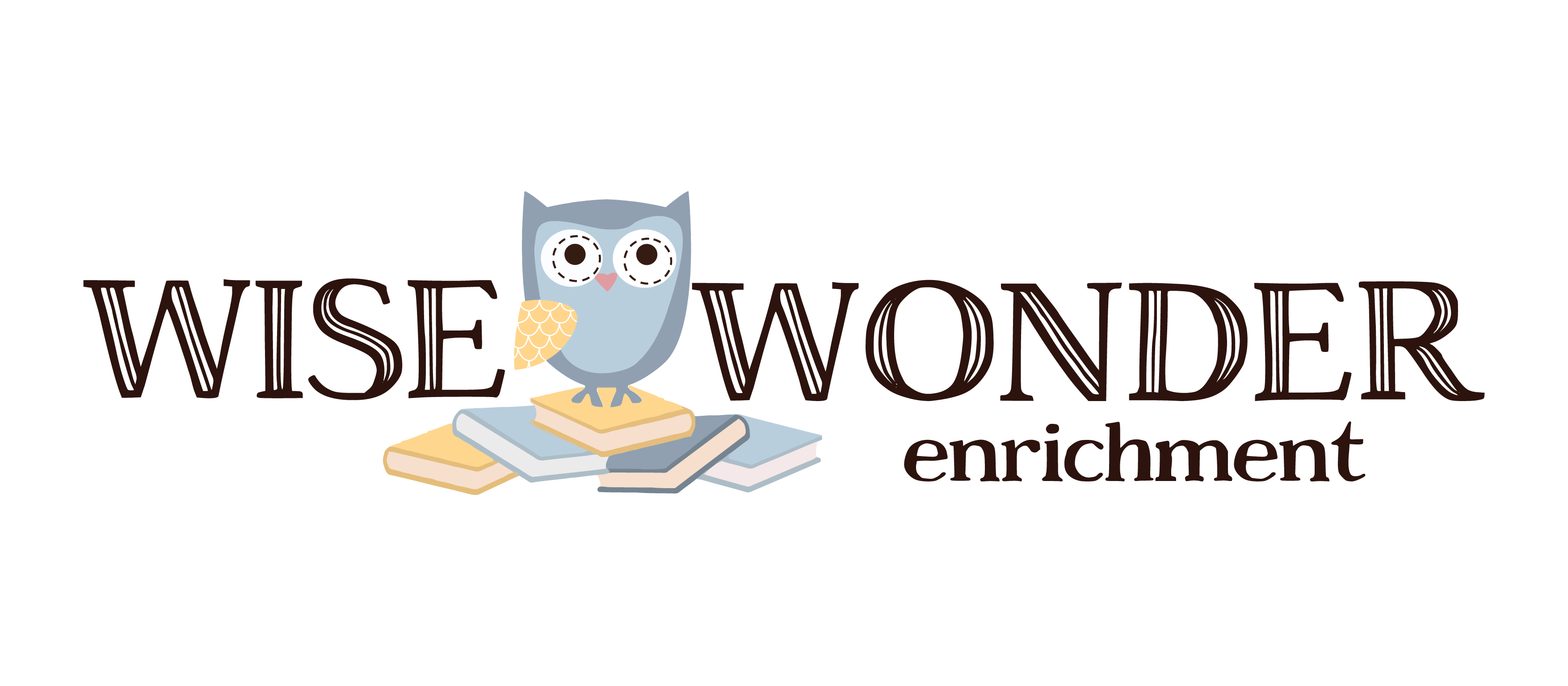Emotions are constantly changing. Some are so wonderful that we bask in them like sunlight! Others are difficult and we wish them away. Even as adults, communicating the complexity of emotions can be challenging. So imagine what it’s like for children! How do you explain sadness when it’s the first time you’re feeling it? Or communicate joy when it’s first bubbling over? How do you verbalize hurt, loss, embarrassment, jealousy, pride, elation, anger, or any of the countless emotions we feel throughout a day?
It’s simple: use the RAINBOW!

There are three primary reasons why colors are the key to unlocking emotions for children:
Accessibility
Using colors is a wonderfully inclusive way to introduce and teach emotions. When children are first learning to speak, communicating emotions can be a challenging and frustrating experience. But if a child can simply point to the color blue to express their sadness or the color red to express their anger, all at once the expression of this difficult emotion has become accessible. This can be especially beneficial for children who are neurodiverse. If your child is experiencing developmental delays, emotion color cards can help them communicate and feel heard.
Ease
Life is not easy. No way! But how wonderful is it when we find ease, even within the busy, the challenging, and the crazy? Color cards are an opportunity to provide more ease for your children as they experience their emotions, and that is a beautiful gift. It is also a gift for yourself because just as children can become frustrated when they can’t find the words to explain how they feel, it can be upsetting for parents and caregivers to feel that they can’t understand what their child is needing or experiencing. So why not gift yourself and your little one with some ease?
Agency
If your child feels confident in their ability to express themselves, this will boost their emotional development. It is so important that children not fear their emotions. We want our little ones to enjoy wonderful feelings while learning to navigate unpleasant ones. Both will come and go as we flow through life. If a child can get in the habit of visualizing, pointing to, and identifying their feelings on a regular basis, they will learn to feel agency over them. Emotions won’t be scary, they will be exciting. They will be manageable. They will be colorful.
But wait…there’s more! There is one final trick that we at Wise Wonder love about color cards:
They can be used to boost literacy skills!
Having color cards or a color emotion wheel with you while you read to your child enhances storytime and increases its benefits.
For example, say you are reading a book and a character is feeling angry. You can pause the story and help your child find the angry color card. Once you do, you can talk about why the character is feeling angry. Maybe you even practice making an angry face! Then try asking your child about a time when they felt angry, or explain a time when you felt angry. What did you do to feel better? You can even use this as an opportunity to explain that feeling angry is okay. We all feel angry sometimes, just like the character in the story, and it is something that will pass. A simple exercise like this allows your child to 1.) practice identifying colors and emotions, 2.) work on their reading comprehension and connection skills, and 3.) relate their own life to someone else’s experience which develops both emotional intelligence and empathy…wow!
We at Wise Wonder believe that color cards are not only an amazing tool to help your child navigate emotions, but also a super reading sidekick.

Bibliography

Mcilroy, Tanja. “The Stages of Emotional Development in Early Childhood.” Empowered Parents, 5 Apr. 2022, https://empoweredparents.co/emotional-development-stages/.
Nicole Baumer, MD, MEd, and Julia Frueh, MD. “What Is Neurodiversity?” Harvard Health, 23 Nov. 2021, https://www.health.harvard.edu/blog/what-is-neurodiversity-202111232645.

